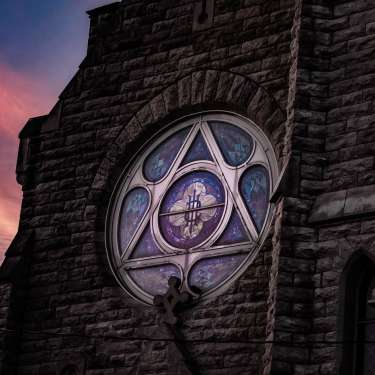Clarksville stands as a testament to the enduring legacy of African American culture, woven into the very fabric of the city. Throughout Clarksville, the impact of these trailblazers is evident in the names that grace our historic markers, highways, schools, event venues, statues, and exhibits. Their achievements are celebrated not just in February, but every day of the year, reminding us of the strength and spirit that have shaped our city. As you read into their stories, we hope you find the same inspiration and pride that we do, knowing that Clarksville is a better place because of their enduring legacy.
Discover the People
Cave Johnson Jr.
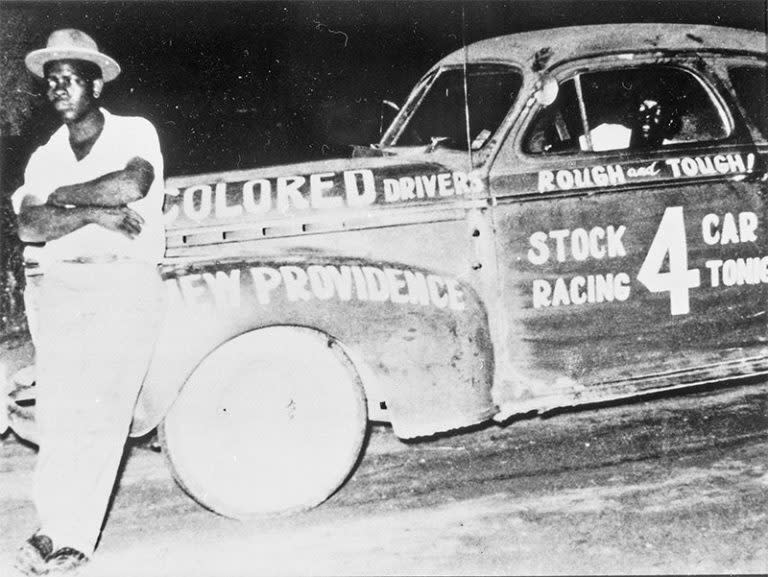
Cave Johnson Jr., a pioneering figure in Clarksville's rich racing history, was the eldest son of Cave Johnson Sr., a prominent member of the black-owned business community in mid-century Clarksville. Born into a family deeply rooted in the automotive world, Cave Jr. grew up around cars at his father's Sixth Street Automotive Repair, a well-known establishment on the corner of 6th and Franklin Streets.
Cave Sr., not only repaired cars but also built and owned four of them, with Cave Jr. taking on the role of driver. In the 1950s, Cave Jr. made history by becoming the first black driver to place in the popular New Providence Race, earning a $50 cash prize. This achievement, captured in a photograph from the same day, highlights the early popularity of racing in Clarksville, even before the establishment of the Clarksville Speedway on Needmore Road in the 1960s. Cave Johnson Jr.'s legacy is a testament to the enduring spirit and passion for racing in Montgomery County.
Steve Wylie
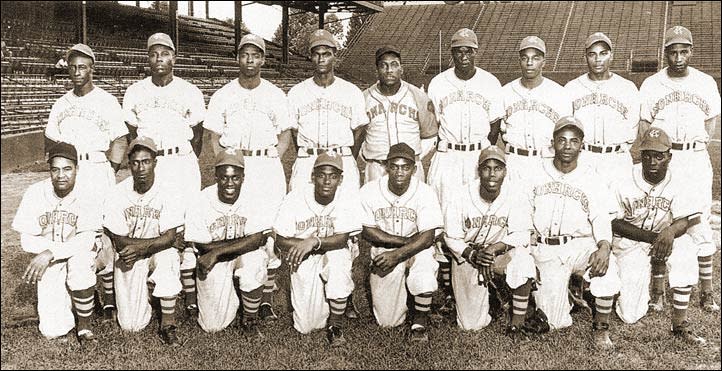
Steve Wylie, pictured top right, began his baseball career in the late 1920s, pitching for the semi-pro Clarksville Stars before joining the Crofton Browns, where players worked in the mines during the offseason. By 1944, at the age of 33, he entered the Negro Leagues with the Memphis Red Sox and later joined the Kansas City Monarchs, playing alongside legends like Satchel Paige and Jackie Robinson. Wylie made a significant impact in 1946, posting a 7-3 record as the Monarchs won the Negro American League pennant, though they lost to the Newark Eagles in the World Series.
Wylie's career flourished through the late 1940s, particularly in barnstorming tournaments across Canada. Known for his powerful fastball and sharp curve, he led teams like the Brandon Greys to multiple tournament victories, including the 1948 Manitoba Senior Baseball League championship. Despite earning recognition in tournaments, Wylie’s chances to play in Major League Baseball never materialized. He continued to pitch in various leagues until his retirement in 1956. Wylie was honored by his hometown of Clarksville, Tennessee, with a proclamation in 1990 and a state historic marker in 2018. He passed away in 1993 at the age of 82, leaving a lasting legacy in Negro League baseball.
Find more Wylie stats on his Clarksville Connections page.
Wilma Rudolph
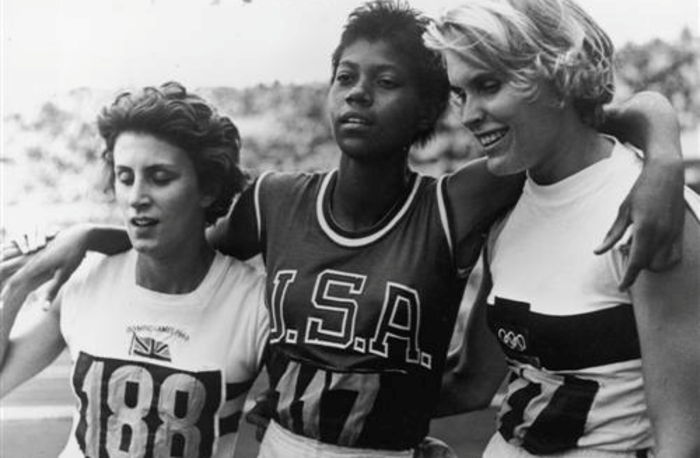
Wilma Rudolph, born on June 23, 1940, in Clarksville, Tennessee, overcame significant challenges early in life, including a bout with polio that left her temporarily paralyzed. With the unwavering support of her large family, she regained her ability to walk by age 8. Her athletic talent was discovered on local tracks and basketball courts, leading to her mentorship under Ed Temple at Tennessee State University. Rudolph’s Olympic journey began at 16, earning a bronze medal in the U.S. women’s 400-meter relay team.
Rudolph’s historic performance at the 1960 Rome Olympics made her the first American woman to win three gold medals in a single Games, excelling in the 100-meter, 200-meter, and 400-meter relay events. Her success not only brought national pride but also led to Clarksville’s first integrated public celebration, marking a significant moment for racial unity. Beyond athletics, Rudolph dedicated herself to education and coaching, leaving a lasting legacy in her hometown with a bronze statue at Liberty Park and an exhibit at the Customs House Museum & Cultural Center. She is remembered for her strength, perseverance, and groundbreaking achievements in sports and society.
Read more about her achievements here.
Explore the History
The historic African American community in Clarksville brings with it a rich and vital history that runs deep within the city. These historic sites and landmarks stand as beacons of prosperity and resilience, highlighting the significant contributions and cultural heritage of African Americans in the area. They serve not only as reminders of the past but also as symbols of the enduring spirit and achievements of the African American culture in Clarksville.
United States Colored Troops (USCT) Statue
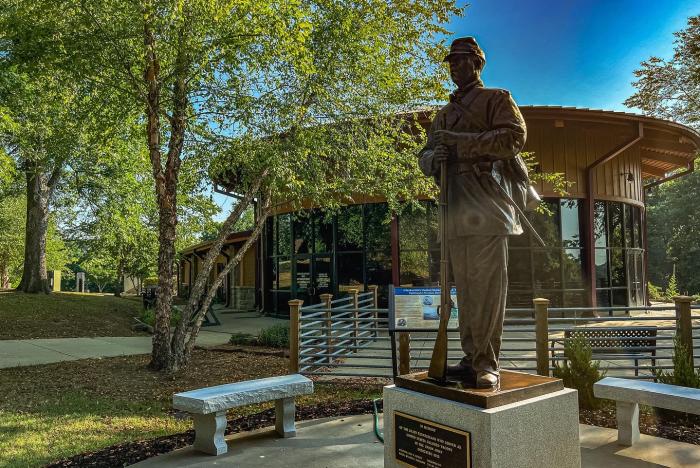
The story begins at the Fort Defiance Interpretive Center, a site steeped in Civil War history. By 1862, the Union Army had captured this Confederate stronghold. The area soon transformed into a sanctuary and recruitment hub for African Americans eager to fight for their freedom. These recruits were placed into a unit known as the United States Colored Troops. During this pivotal period, over 20,000 black Tennesseans joined their ranks.
The 101st regiment of the U.S.C.T. established its headquarters on nearby land, which is now the site of Austin Peay State University’s Dunn Center. In recent years, Fort Defiance has curated a collection of records from these troops, including letters and enlistment papers, which are now displayed in their main lobby. The USCT of Clarksville is now permanently memorialized with a statue on the grounds where it started.
Affricanna Town Marker
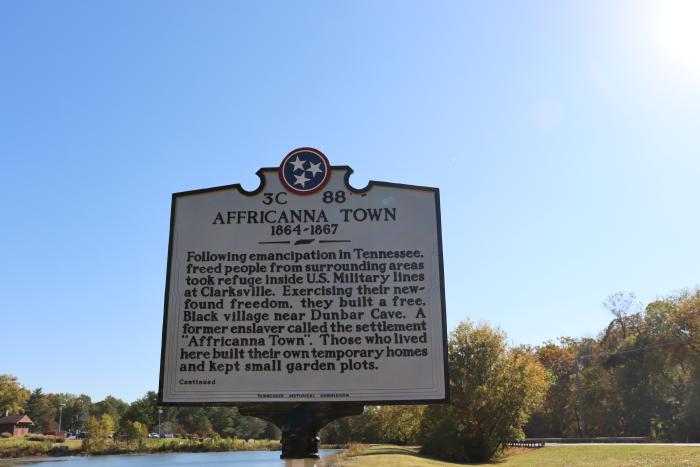
Abraham Lincoln’s landmark Emancipation Proclamation granted new freedoms to slaves within the Union. At that time, Clarksville was under Union control. By 1864, freed individuals and those seeking freedom established a village in the suburbs, away from the city center. This new community, known as “Affricanna Town,” was situated near Dunbar Cave State Park.
Unlike a refugee camp, this village was a place where freed slaves from various regions could exercise their new rights as Union citizens. The legacy of this settlement endures, with informational plaques at Dunbar Cave State Park. To learn more about its history, be sure to visit the park during your next trip to Clarksville.
Port Royal Benevolent Society
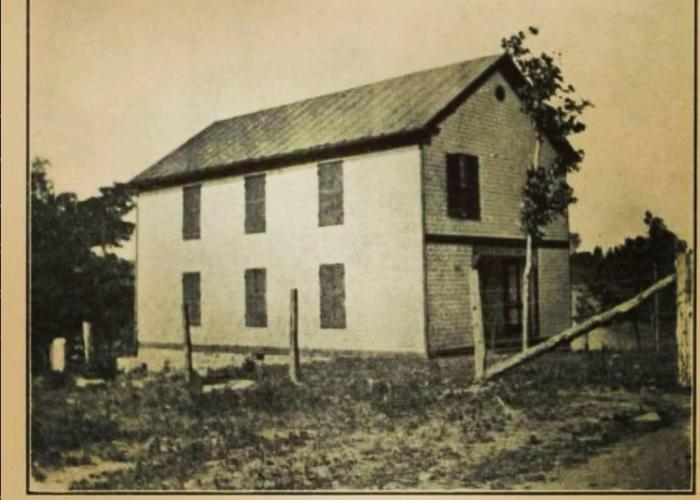
Port Royal was the location of one of the oldest meeting places for African-Americans in Montgomery County. Established in 1872 in a log cabin school room on Sugar Creek Branch, the Society was organized by Dennis Neblett, the first president, with 30 members. An African-American cemetery is located at the site, and the Benevolent Lodge Order #210 remains active.
Post-emancipation, freed men and women created a vibrant community in Port Royal, which flourished despite the town’s economic struggles. Two institutions from that era still exist today: Mt. Zion Baptist Church, now in Adams, and Benevolent Lodge Order #210, which has been a cornerstone of Port Royal since the 19th century.
The lodge, officially chartered on July 3rd, 1884, as Benevolent Society No. 3 Branch Colored Benevolent Society, was reorganized multiple times, eventually becoming Benevolent Lodge #210 in 1909. Throughout its history, the lodge has remained committed to its mission to “assist the disabled, nurse the sick, and bury the dead,” despite facing numerous challenges. On August 18th, 1994, white supremacists set fire to the 1908 lodge, destroying it completely. However, the lodge and its members persevered, and in 2001, they constructed the hall they currently use today.
Don’t Stop There
The African American community in Clarksville is steeped in a rich and vital history that has profoundly shaped the city’s identity. The African American Legacy Trail will take you across Montgomery County to learn the expansive and unique history of Clarksville’s African American community. From community gardens and historic churches to athletic, musical, and business trailblazers – even an inspiring Olympic Champion – Clarksville is proud of this rich history. These places stand as testaments to the resilience, prosperity, and enduring spirit of the African American people, offering inspiration and pride to future generations. Download the VisitClarksvilleTN app to visit the full trail where you can customize your route and save the tour on your mobile device.
